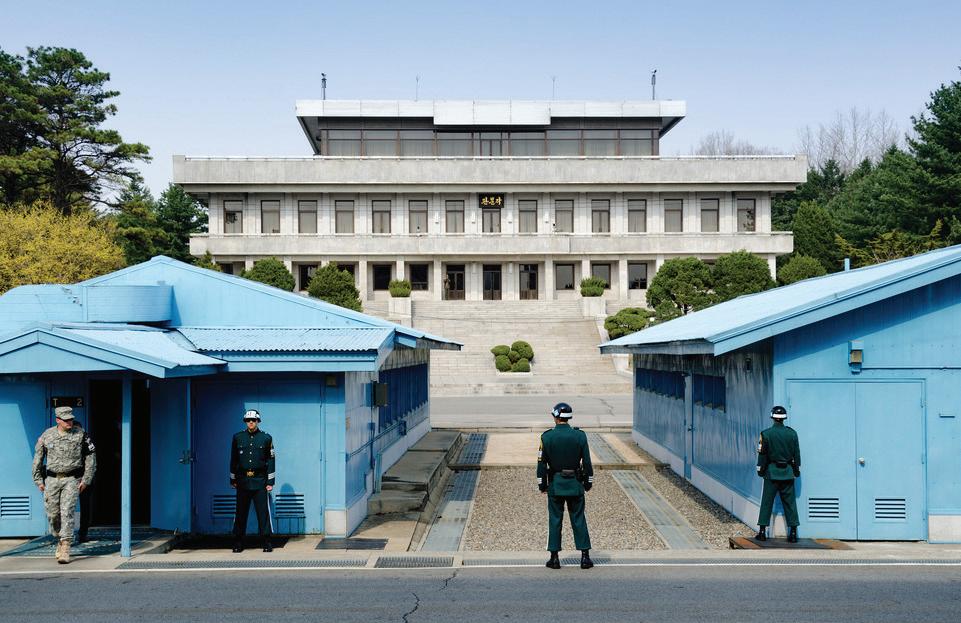
2 minute read
Executive Summary
HEADER
EXECUTIVE SUMMARY
Advertisement
This report assesses ongoing nuclear negotiations between the United States and North Korea. Although the Trump administration has demonstrated a renewed commitment to finding a diplomatic solution to North Korea’s nuclear weapons program, the United States and North Korea are at odds regarding the sequencing of the denuclearization process. However, if the United States adjusts its policy, substantial progress toward denuclearization by the end of President Trump’s first term is possible.
This report makes four concrete recommendations that can put U.S.-North Korea nuclear negotiations on the right track. Specifically, to take advantage of this rare but rapidly closing window of opportunity, the report presents recommendations on how to approach the Trump-Kim summit planned for early 2019 and further negotiations to reach a written agreement by the end of 2019.
First, the United States should adopt a reciprocal approach to negotiating with North Korea that confers concessions in exchange for corresponding steps toward denuclearization. This negotiating method is more likely to succeed, given that North Korea has responded to a reciprocal, action-foraction approach in the past but has not made concessions in response to pressure alone. In addition, this method would build confidence and trust, thus helping to manage risk as the process moves forward.
Second, throughout negotiations with North Korea, the United States should abide by the following three principles: freeze only what can be verified, make clearly defined commitments, and move quickly to lock in progress. These principles are based on lessons from past negotiations and aim to limit ambiguity and create a sustainable process.
Third, at the next Trump-Kim summit, which is tentatively planned for early 2019, the two sides should make commitments that build confidence while making concrete steps toward denuclearization. The United States should seek an immediate freeze of fissile material production at both Yongbyon and North Korea’s undeclared enrichment site(s), as well as uranium milling and mining, all to be verified within 90 days of shutdown. The United States should also seek a written commitment to continue the moratorium on nuclear and missile testing, as well as the disablement of fissile material production facilities and dismantlement of centrifuges at Yongbyon by the end of 2019. In return, the United States could commit to concluding a peace declaration, scaling back future military exercises, and allowing the resumption of humanitarian assistance.
Finally, the United States and North Korea should complete a written agreement by the end of 2019 that outlines concrete actions each side will take towards denuclearization and normalization of relations. At this stage, the United States should seek an agreement regarding the declaration of North Korea’s nuclear and missile programs; dismantlement of Yongbyon; a production halt on medium-, intermediate-, and long-range intercontinental ballistic missiles; and the establishment of verification procedures. As corresponding measures, the United States could publicly endorse rollbacks of South Korean unilateral sanctions, take initial political normalization steps, and begin to ease some U.S. unilateral sanctions.







